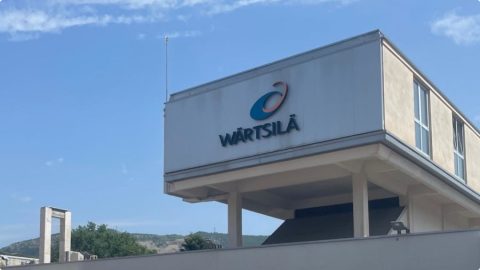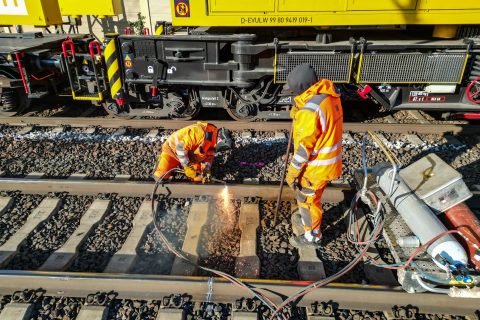Nevomo: hyperloop-inspired rail freight could be soon a reality

Can hyperloop-inspired technology be applied to rail freight within this decade? Tech company Nevomo thinks so. RailFreight.com had a chat with Stefan Kirch, CBDO at Nevomo, about the possible applications of Nevomo technology in the rail freight sector.
Nevomo is a company with Polish roots and offices in Poland, Switzerland, and Germany that works on MagRail technology, a magnetic rail system that uses existing conventional railway lines. In other words, Nevomo is working on a magnetic propulsion technology that can be considered a traction enhancer, which has been unheard of until now.
Kirch pointed out that, when it comes to rail freight, speed is not necessarily the most important factor when compared to frequency, capacity, and reliability. As Kirch claimed, “120, 160 km/h is enough for the next decade when it comes to rail freight”. However, Nevomo could still have a revolutionary impact on the industry sooner rather than later. Among the biggest advantages that Nevomo could bring to the table, in fact, is that their technology could be applied and be operative even within this decade.
“Full-scale MagRail early in the 2030s”
One of the differences between Nevomo and other maglev systems is that this technology can be applied to the existing railway infrastructure. Nevomo’s plan could therefore reduce construction time and costs significantly. Kirch explained that the implementation of Nevomo MagRail technology can be divided into an active and a passive part. The active part entails equipping the rail track with Nevomo components, which can be mounted on top of the sleepers. The passive part requires the retrofitting of rolling stock to make it compatible with the new system.
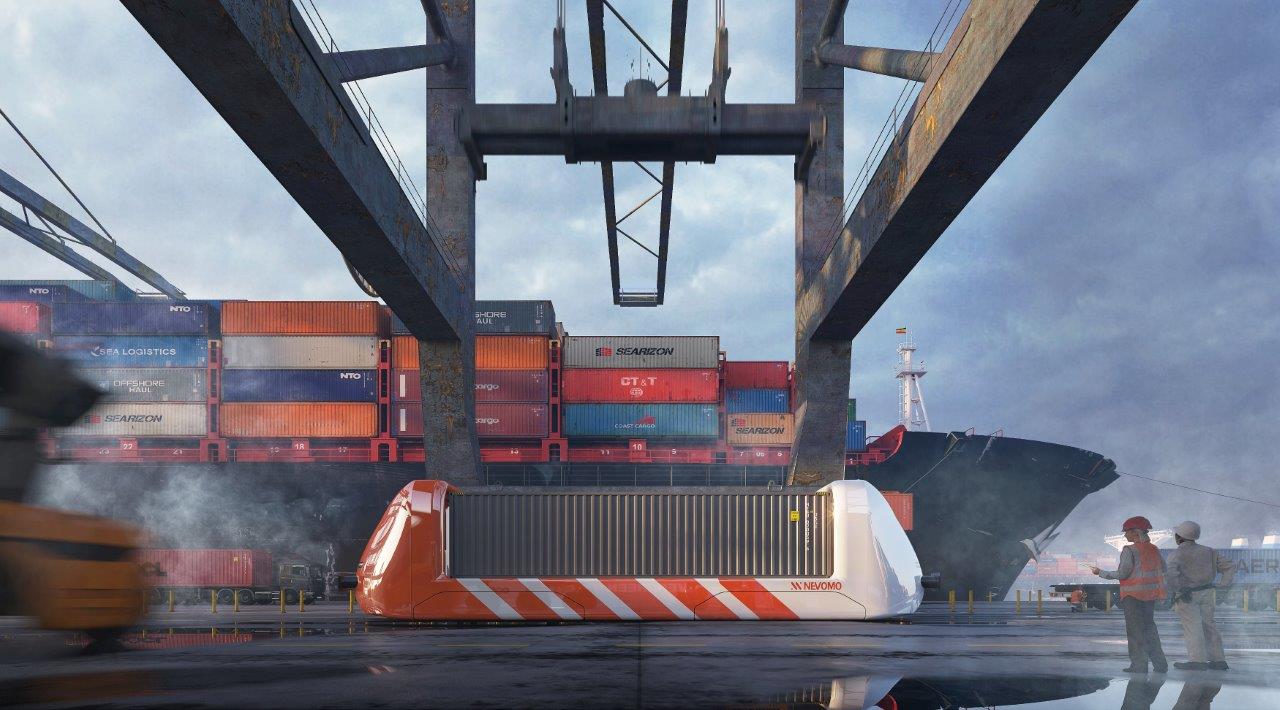
In addition, if the infrastructure is equipped with Nevomo tech, traditional trains could still travel on the same infrastructure. As Kirch pointed out, mixed operations could be possible already by the end of the 2020s. However, the first applications would be on a closed infrastructure, without interfering with traditional trains. “We are planning a pilot implementation already in 2024, and we want to have an open network application by the second half of this decade, and the full-scale MagRail early in the 2030s”, he revealed.
After testing on closed infrastructure, the next stage would be what Kirch defined as “dedicated time slots”. This would mean, for example, that traditional trains would use the infrastructure during the day and, during the night, new MagRail pods could run like a conveyer belt for containers, to increase the capacity. Such a setup could for example use the existing high-speed railway lines, currently not accessible for freight trains. Currently, the company can count on a 750-metre-long test track, their third one, where tests started this year. The first 1:5 demo version of MagRail Nevomo was presented in 2019. Successful mid-size tests were conducted in the winter of 2020. Last year, Nevomo completed the construction of the full-scale test track in Nowa Sarzyna in Poland, which is Europe’s longest track for testing passive magnetic levitation.
Fewer components and no need for additional land
Other than being feasible in a much shorter timeline, Nevomo’s MagRail technology brings advantages when it comes to rolling stock maintenance and pollution. As Kirch highlighted, maintenance costs for rolling stock can be significantly reduced since there will fewer components needed, as the wheels will be used for rolling, but not for braking and accelerating, as this is done by the magnetic propulsion drive.
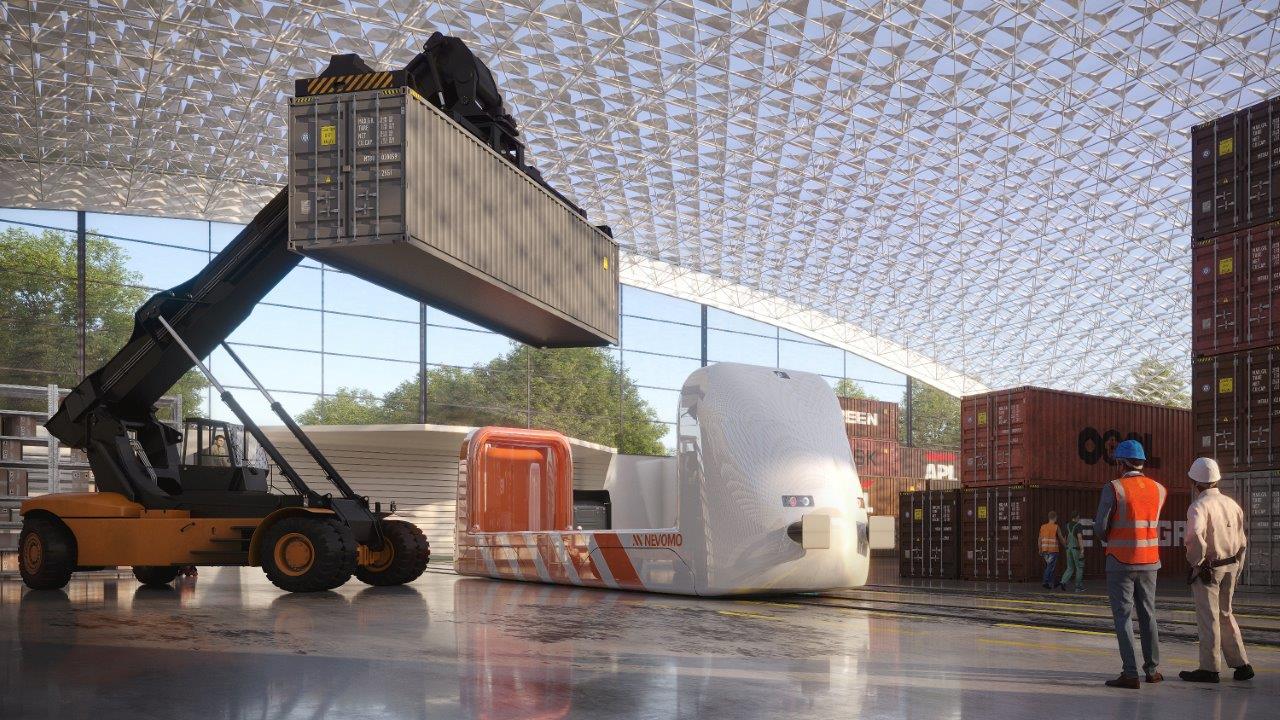
Moreover, Nevomo technology can be applied more easily than its counterparts because no additional land is needed for the system. For example, building a whole new maglev infrastructure would not be possible in areas such as ports and terminals, where space is limited. Nevomo, on the other hand, could ensure higher capacity on the same tracks and even the semi-automation of port operations. Another advantage of the tech developed by Nevomo is that noise pollution is significantly reduced thanks to the direct magnetic drive that creates the propulsion force.
Finally, Nevomo could bring some advantages when it comes to energy efficiency as well. Nevomo’s technology could in fact be implemented only on specific sections of the track, for example where the track inclination is higher than usual. Enhancing the track with Nevomo components would therefore lower traction emissions because additional locomotives would not be needed, since the propulsion can enhance the traction power of the train. Traction enhancement, Kirch explained, offers much lower energy consumption compared to the next best alternative, which is to reroute the train to less steep ways.
Catching the EU’s eyes
Launched in 2017, Nevomo has been working on a hyperloop-inspired system transportation technology. The Polish company is now trying to take the market by storm with its innovative technologies. What differentiates Nevomo from the competition, according to Kirch, is the fact that their project has a concrete timetable and can bring results in a much shorter period of time. Nevomo is also working on passenger trains, where MagRail technology is also applicable. The company in fact claims that they “can upgrade existing railroad infrastructure to the speed of 550 km/h at a very competitive cost”.
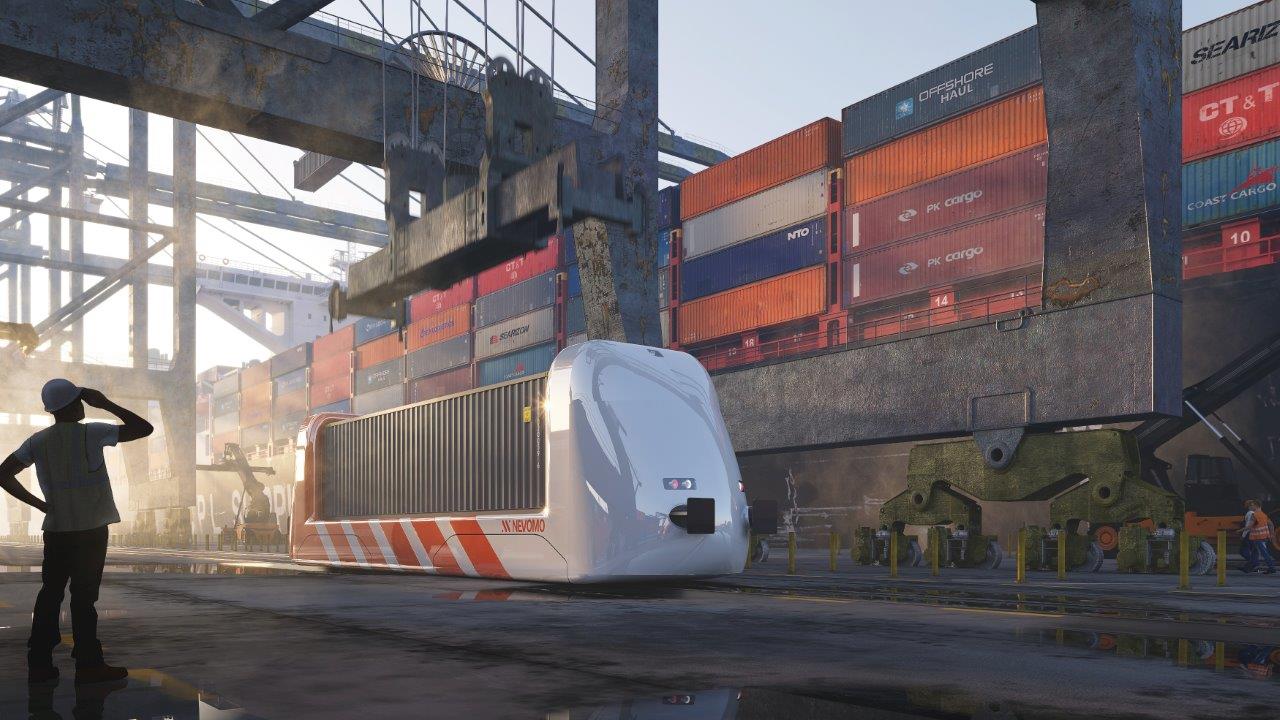
The projects launched by Nevomo have not gone unnoticed. As Kirch underlined, the EU is involved via the European Innovation Council Accelerator (EIC-A), already investing in the technology via a grant and a possible equity component, summing up to a total of 17,5 million euros. EIT Innoenergy, supported by the European Institute of Innovation and Technology (EIT), has also invested in Nevomo. EIT is an independent body of the European Union intended to strengthen Europe’s ability to innovate.
Follow RailFreight.com on Google News and get the latest industry updates.
Also read:
- Cargo Sous Terrain starts drilling tests on project’s first section
- German wagon keepers: rail modernisation needs to speed up
- Retrofit dual fuel for Britain’s freight workhorses
You just read one of our premium articles free of charge
Want full access? Take advantage of our exclusive offer


